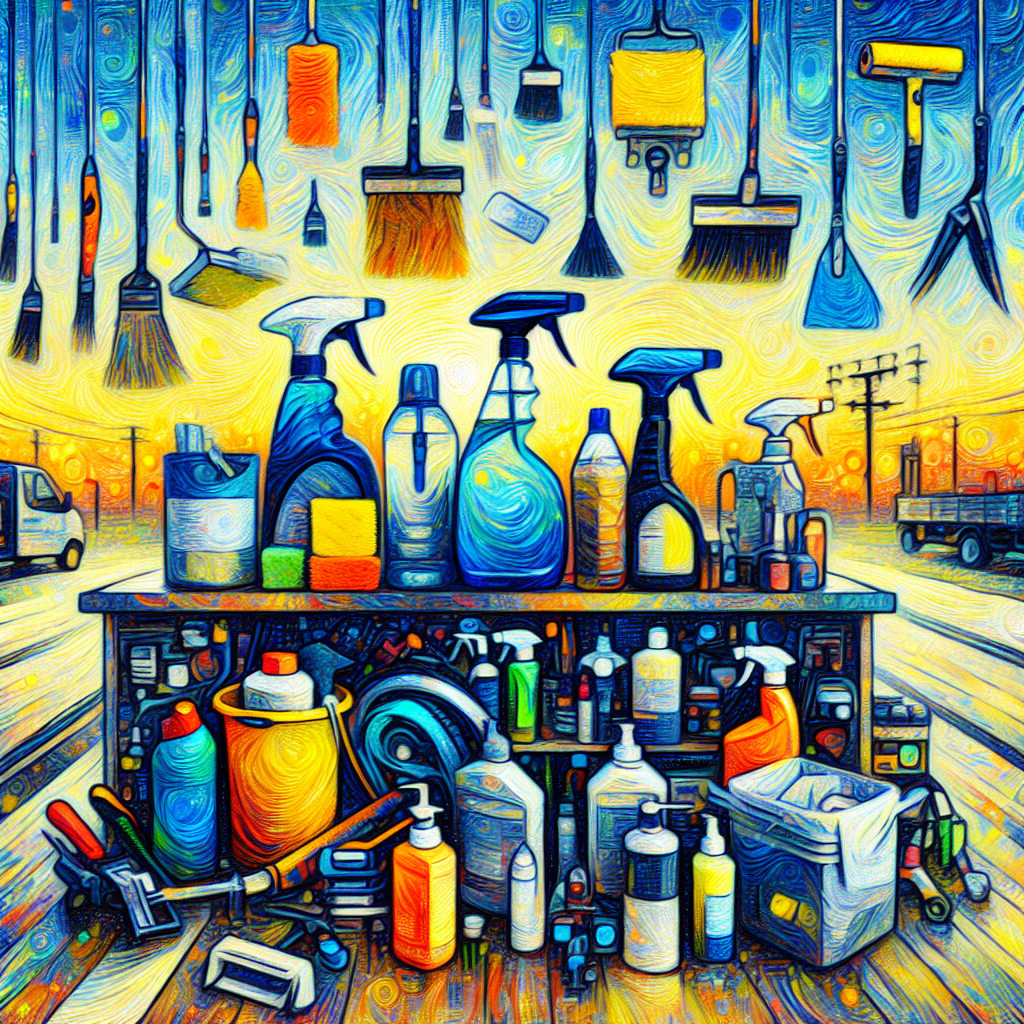Understanding Quality Control in Cleaning
Quality control in cleaning involves a systematic approach to maintaining cleanliness, health, and safety standards in facilities. It encompasses various processes, inspections, and measures to ensure that cleaning tasks are performed efficiently and effectively.
Common Quality Control Issues and Their Impact
Identifying common quality control issues is crucial for addressing them proactively. Some prevalent issues include inconsistent cleaning results, inadequate disinfection, improper waste management, and lack of attention to high-touch surfaces. These issues can compromise the cleanliness and safety of the facility.
- Implementing standardized cleaning protocols can help maintain consistency in cleaning outcomes.
- Regular audits and inspections are essential for identifying and rectifying quality control issues promptly.
Preventive Measures for Quality Control
Proactive measures play a vital role in preventing quality control issues before they escalate. By implementing the following strategies, cleaning professionals can uphold high standards of cleanliness and infection control.
Importance of Training and Education
Comprehensive training programs for cleaning staff are essential for instilling best practices and ensuring adherence to quality control protocols. Ongoing education on new cleaning technologies, products, and techniques can enhance the efficiency and effectiveness of cleaning operations.
Investing in training is not just an expense; it is an investment in the quality and reputation of your cleaning services.Leveraging Technology for Quality Control
Technology plays a significant role in modern cleaning operations, offering innovative solutions for quality control and performance monitoring. Tools such as sensors, tracking systems, and digital checklists can streamline processes and provide real-time insights into cleaning activities.
Continuous Improvement and Feedback Loops
Establishing a culture of continuous improvement is essential for maintaining high-quality cleaning standards. Encouraging feedback from clients, staff, and stakeholders can provide valuable insights for identifying areas of improvement and enhancing overall service quality.


